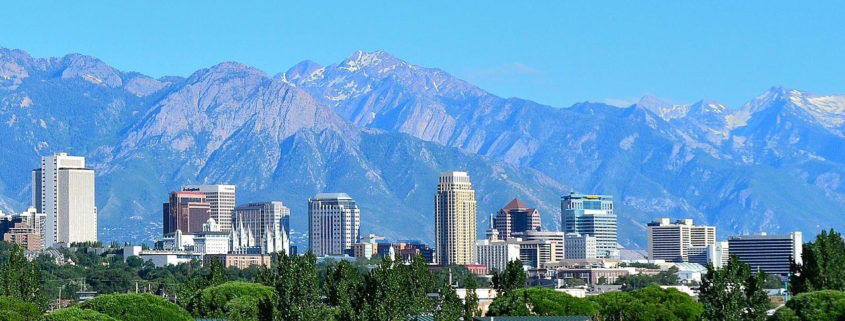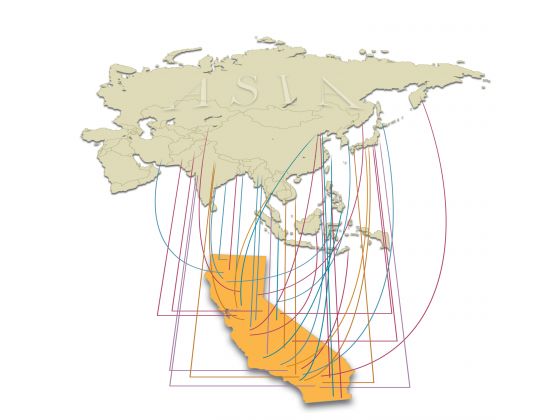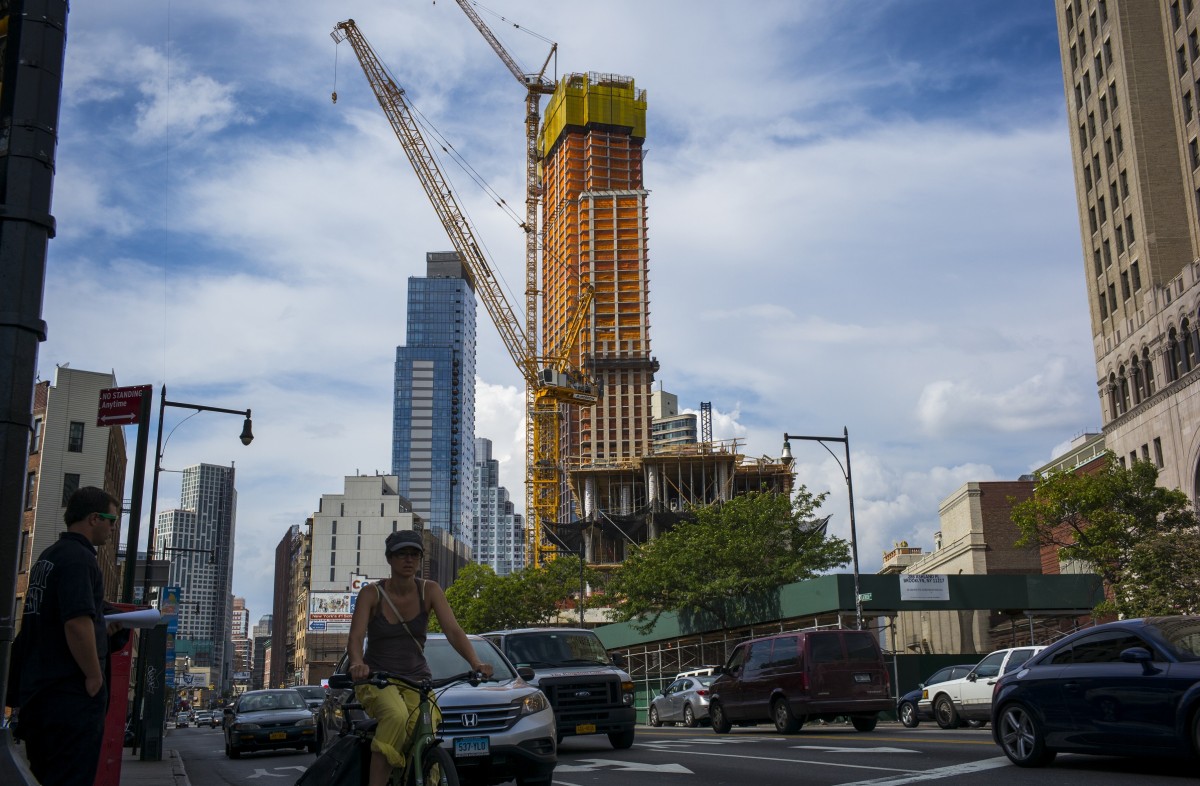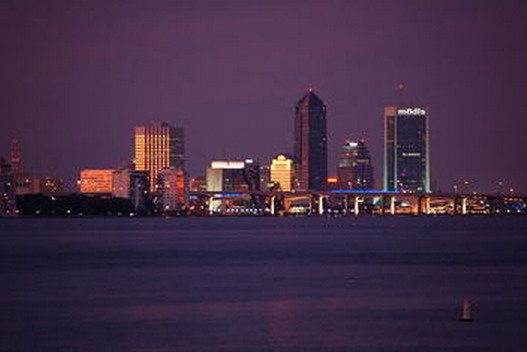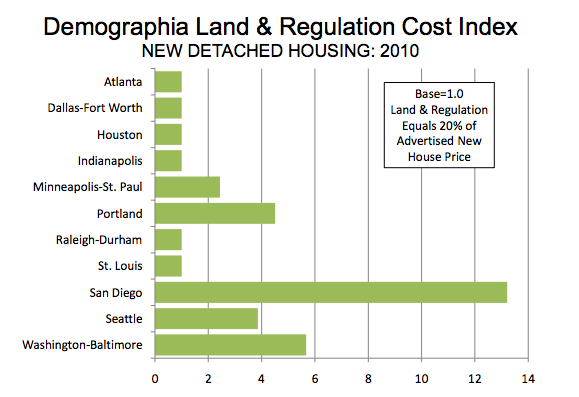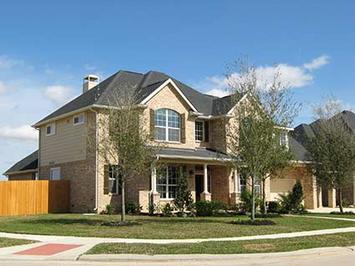What kind of city do residents want?
by Utah League of Cities and Towns
Dense is not necessarily desirable when it comes to planning a city. That’s the opinion of a man who is internationally recognized as an authority on economic, political and social trends.
Writer Joel Kotkin is the executive director of the Center for Opportunity Urbanism in Houston. He’s the executive editor of NewGeography.com and a regular contributor to several respected publications, including Forbes.com. He just released his 8th book, The Human City.
Kotkin met with business and community leaders in Utah as part of the Zions Bank Speakers Series to discuss trends in urban development. Kotkin says. “If any place has been willing over time to buck conventional wisdom, it’s been Salt Lake City. I think that’s where you should look for your inspiration is in your own history.”
Grow by Playing to Your Strengths
Salt Lake City’s strength, as noted by Kotkin, is long-standing. It’s based on families. According to Kotkin, “Your family orientation is probably your biggest asset because your kids are going to be better workers and you’re going to have kids in the next generation.”
As millennials age, Kotkin predicts there will be a workforce shortage in the U.S. and around the world… but not in Utah.
Kotkin says, “Salt Lake City will be able to replenish that supply in a way that very few places in the world can. So that’s your great advantage. So to squander what it intrinsic to yourself in order to try and be a second rate version of someplace else, is probably not the best strategy.”
By “squandering,” Kotkin is suggesting a city not sacrifice its strength to be something it’s not. “Stick to your own DNA,” he suggests. “That doesn’t mean that you don’t progress- that you don’t change views on various social issues or that you don’t fix up the downtown. I think that’s fine. But you have to realize, what is the intrinsic value, what is the value proposition of Salt Lake City.”
Technology Transforming Hub of Economic Base
Too many planners, he says, view a city as a downtown economic hub, whereas technology today doesn’t limit a city’s economic base to its center. He reflects on the words of Frank Lloyd Wright, who said, “The city is wherever the citizens are.”
Kotkin adds, “So if someone is living 40 miles from downtown Salt Lake City, they read a Salt Lake newspaper, watch Salt Lake tv. They’re just as much a member of that society as a person who lives right downtown.”
High density housing in a city center may be great for a single millennial… but Kotkin says most millennials ultimately want something else.
“When you get married and you have a family do you think you’re going to live in 400 square feet? Probably not,” says Kotkin. In fact, there a certain things that most American’s want. They want to own a home and they want a safe community with good schools and access to parks and nature. So as planners in Utah look ahead, Kotkin suggests they stay attuned to the sentiment of the people who work and live in our cities.
“I think what you want to do is say, ok, what are the things that are going to keep people here. One of the questions that people ask, I say, [is] why you don’t find out what people want. I‘ll bet if you ask people you ask in Salt Lake City they’re going to say family oriented, affordable, you know, things that are not popular with planners and architects, because, of course, planners and architects want to build buildings and they want to LEGOLAND every city to look the way they want it to look and so this disconnect, what I call the cognitive elites on one side… and where most people are is pretty wide and getting wider.” Fortunately, he says, Salt Lake City is not, yet, LEGOLAND.
This article was first published 11/10/16 at deseretnews.com

